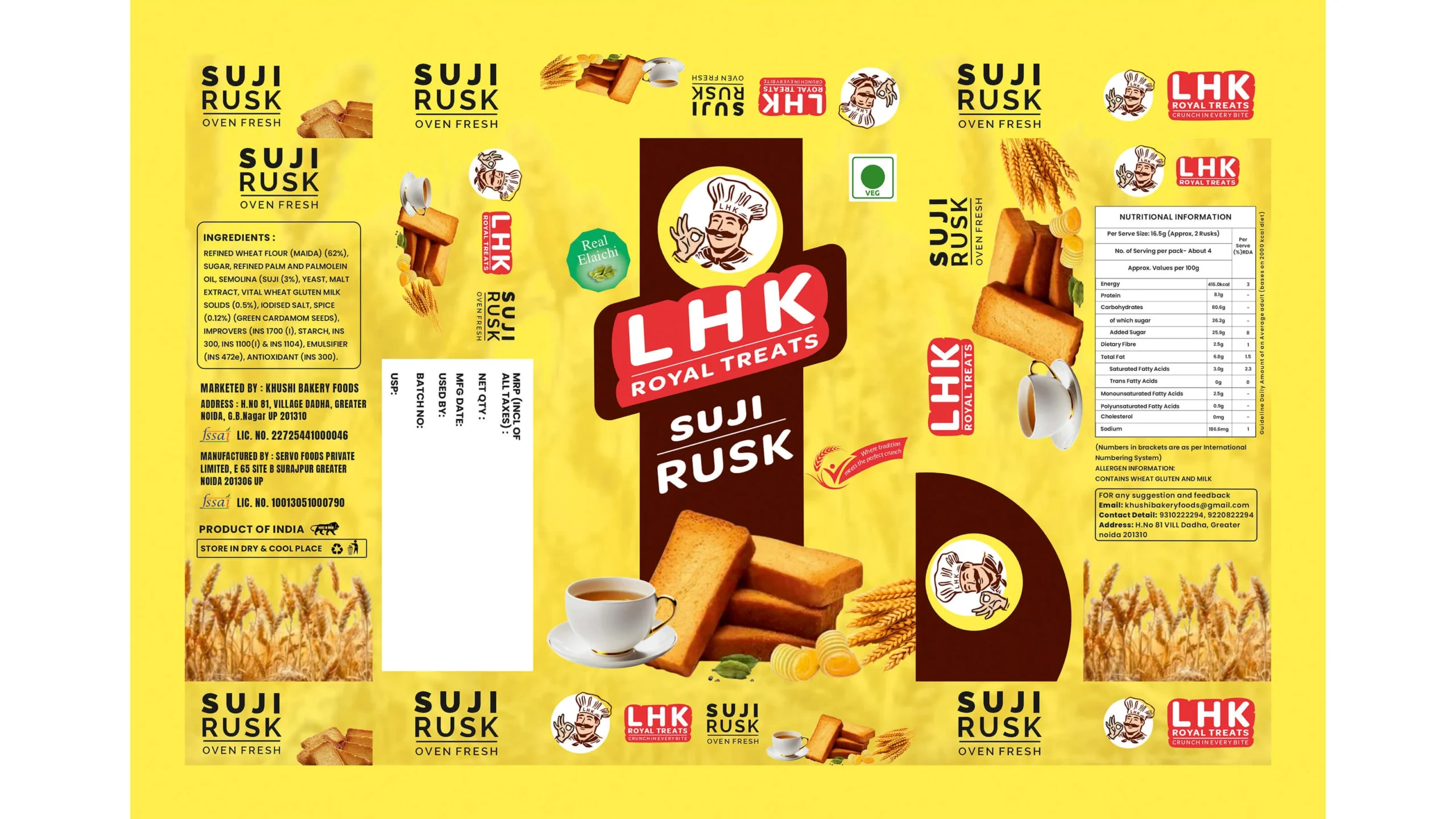
Give Us Your Helping Hand: Non-profit Website Design
Project Title: Website Design Concept: “Give Us Your Helping Hand”
Client: (Client name is not explicitly visible in the image. You can add the actual client name if you have it, or state it was a conceptual project for a non-profit/charity.)
Industry: Non-profit, Charity, Social Impact, Fundraising
Services Provided by Dipanshutech: Website Design, UI/UX Design, Graphic Design
Project Overview:
Dipanshutech developed a comprehensive website design concept for a charity or non-profit organization with the theme “Give Us Your Helping Hand.” The objective was to create an emotionally compelling and functionally effective online presence to encourage donations, showcase the organization’s work, highlight beneficiaries, and build trust with potential donors and volunteers.
Design Elements and Approach:
- Hero Section: A prominent hero section features a powerful image and a clear, action-oriented headline like “Give Us Your Helping Hand.” Calls to action such as “Donate Now” and “Discover More” are immediately visible.
- Mission and Impact: Sections are dedicated to explaining “What We Do” and potentially showcasing the organization’s mission and areas of focus with supporting text and imagery.
- Highlighting Beneficiaries/Stories: The design includes sections with images of individuals, particularly children and families, likely representing those who benefit from the charity’s work. This humanizes the cause and builds emotional connection.
- Program/Initiative Showcase: Various programs or initiatives are highlighted with visuals and brief descriptions, allowing visitors to understand the different ways the organization makes a difference.
- Trust and Transparency: Sections possibly detailing “Our Team” or “How We Operate” build credibility. The design also includes elements that suggest transparency and accountability, crucial for charities.
- Community and Engagement: Sections showing groups of people, potentially volunteers or community events, emphasize collective effort and encourage participation.
- Call to Action for Involvement: The design includes prominent calls to action not just for donating but also for getting involved, such as a “Become a Volunteer” or “Sign Up” form section.
- Visual Design: The color palette features warm tones, like pink/coral, combined with clean white and darker sections, creating a balance between emotional appeal and professional presentation. The use of diverse photography is central to the design.
- Clear Information Hierarchy: The layout is structured to guide the user through the key information: the cause, the work, the impact, and how to help.
Impact and Outcome:
The resulting website design concept is visually engaging and effectively communicates the charity’s mission and the urgency of its cause. The user-centric design aims to create an emotional connection with visitors and facilitate actions like donating and volunteering. Dipanshutech’s design focuses on building a trustworthy and inspiring online platform for a non-profit organization.
Technology/Software Used: (You can mention design tools like Figma, Adobe XD, Sketch, or simply list “UI/UX Design Software”)
Team Involved: (You can mention the team members involved in the project)
Why This Fits Your Portfolio:
This project demonstrates Dipanshutech’s capabilities in:
- Website Design for Non-profits/Charities: Creating online platforms tailored to the unique needs and goals of the social sector.
- UI/UX Design for Emotional Impact: Designing interfaces that evoke empathy and encourage action for a cause.
- Visual Communication through Photography: Effectively using compelling imagery to tell a story and highlight the human aspect of the work.
- Designing for Multiple Calls to Action: Integrating various ways for users to engage (donate, volunteer, learn more).
- Building Trust and Transparency through Design: Incorporating elements that convey credibility for a charitable organization.
You can further enhance this portfolio entry by adding:
- A description of the specific charity or cause the design was intended for (if applicable).
- The design process from research to the final concept.
- More detailed explanations of specific UI/UX choices and their rationale, particularly how they aim to increase donations or volunteer sign-ups.
- If it was a live project, include a link to the actual website.
![]()
Leave a Review
No reviews yet.








